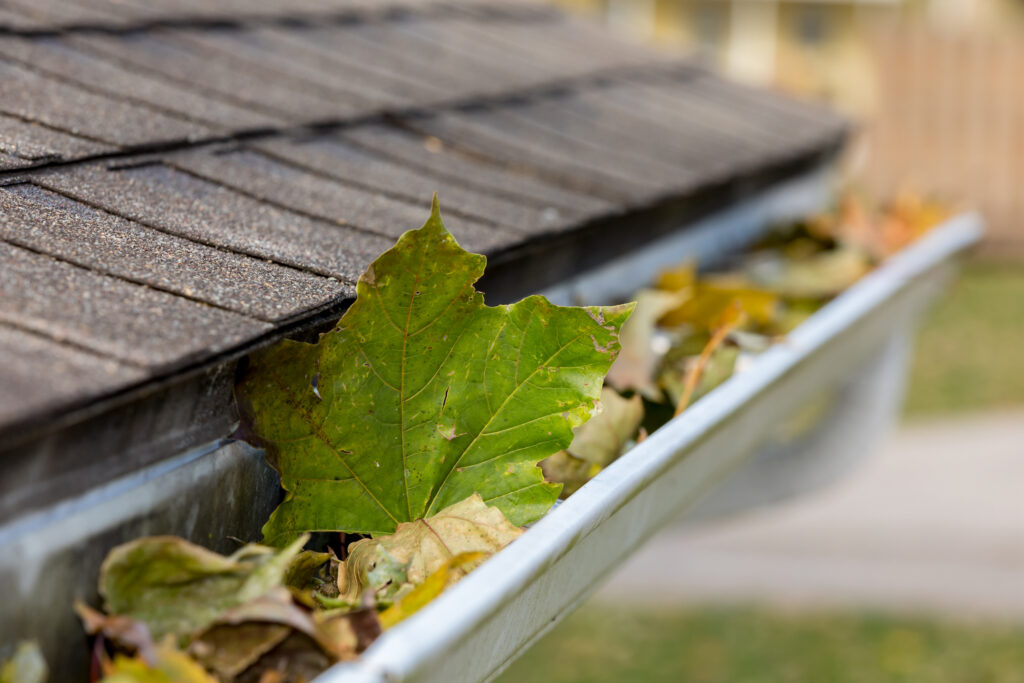 Have you performed your Spring commercial real estate maintenance yet? Spring has arrived and the weather is changing — and so have the needs of your commercial real estate property. Snow is melting in northern climates, and the months ahead will be filled with rain and an explosion of plant and animal life.
Have you performed your Spring commercial real estate maintenance yet? Spring has arrived and the weather is changing — and so have the needs of your commercial real estate property. Snow is melting in northern climates, and the months ahead will be filled with rain and an explosion of plant and animal life.
It’s essential to complete routine maintenance tasks for commercial properties in early spring before any issues arise. Preventive care will save you money and time in the long run. A missing shingle in March is much easier to fix than an internal leak after a month of rain in April.
The best time to perform spring commercial real estate maintenance depends on local weather. Try to complete outdoor checks before heavy spring rains and aim to finish other tasks before the onset of summer.
Download Printable Article (PDF) >>>
Spring Commercial Real Estate Maintenance Checklist
1. Pick Up Debris
Trees shed an abundance of leaves and branches during fall and winter. Before getting out the mower this spring, you’ll need to clear all debris from lawns surrounding your properties. This is also a good time to clean out any litter that’s accumulated in green spaces. Items like newspapers and mittens can get buried under snow. Spring is the perfect time to rediscover these missing items and return them to their owners. Any glass or plastic you find can be recycled. Fallen branches can be sent to a woodchipper or returned to an approved natural area like a park.
2. Caulk Any Cracks
Caulking is an essential part of protecting your property from spring rain. The caulk around windows and doors can sometimes crack or be completely displaced in winter. Recaulking these vulnerable areas in the spring is an inexpensive fix that can save you thousands of dollars down the road. You can also take this opportunity to examine sidewalks for cracks. Like potholes in pavement, cement cracks will start small and quickly widen if left unrepaired. Catch them early to save yourself time and trouble later.
Finally, don’t forget to check the foundation of your property for signs of damage. You can use caulk to seal small cracks, although you should call in an expert if they continue to widen.
3. Inspect Exterior for Damage
Winter can do a number on the exterior of your properties. It’s crucial to check siding for any cracks or breaks before spring rains arrive. This step is also important because you shouldn’t powerwash the building’s exterior
until you’re sure everything is sealed well. Spring is also prime time for insect damage. Carefully check exterior wood on porches, window frames and cladding to make sure it’s sealed well and doesn’t have signs of rot. The earlier you catch a potential pest problem, the better.
4. Clean Out Gutters
The next step in property maintenance is to clean out the gutters. Ideally, you should remove fallen leaves and other debris in the late fall as well. Gutters need to be cleared of any final debris in the spring to ensure they’re ready to channel rain away from your property.
After you clear the gutters along the roof, check the downspout and connections to ensure the rest of the system is clean and secure. Be sure to follow safety protocols during this process and don’t rush. Although cleaning gutters isn’t a particularly pleasant task, it protects your property from water damage.
5. Powerwash Everything
Once you’re sure that the exterior of your property is tightly sealed, it’s time to powerwash everything. Washing off sidewalks and pavement clears debris and can help you discover any cracks you need to fill. A good spring wash also cleans off corrosive salt used to melt ice during the winter.
Siding often becomes dirty and dull over time. Power washing the sides of your property will bring back color for spring and improve curb appeal. Before starting, ensure all windows and doors are tightly closed and residents know to stay inside. Choose a sunny day so the water will air-dry quickly.
6. Repair the Roof
If you’ve invested in a good quality roof, you probably won’t need to replace it for at least 15 years. However, you can significantly extend that time frame by checking for damage in the spring and making repairs before
there’s a risk for interior damage.
Make sure there aren’t any leaks by checking the ceiling or attic for cracks and other signs of water damage. Inspect structural elements like chimneys and pipes to ensure they have a tight seal. Any moss or fungus you find will need to be removed to extend the life of your roof.
7. Update HVAC Units
Spring is an ideal time to complete important tuneups inside your commercial properties. You should ensure ventilation and air conditioning systems are running smoothly and their filters are replaced before the weather warms up.
Water heaters should be drained once a year to extend their life. Hot water is used much more often during the winter and sediment can build up inside the water tank. Cleaning this out in the spring prevents mineral buildup and ensures your heater will continue to work well next winter and for many more years.
8. Check Plumbing
Pipes can become clogged with hair and other foreign items over time. Check your plumbing every spring to protect your properties and residents from a major problem. Have a professional come in and ensure everything is clear. This is also a great time of year to check for leaks. Leaking pipes and running toilets cost residents hundreds of dollars a year. Bigger problems like a clogged water line or sewer issue can cost property owners even
more. Preventive maintenance now can save you from these expensive and inconvenient repairs later.
9. Test Alarm Systems
You should check your commercial property’s alarm systems at least once a year as part of routine interior maintenance. Check the fire alarms and carbon monoxide detectors. Put new batteries into these systems to make sure they can be safely relied on for another year.
Smart security systems should be inspected to see that they’re working properly and all the equipment is in good shape. Update any parts that are broken or worn down. You should also test window and door locks to
make sure the property is secure. Don’t forget to check basement doors and ensure fire escape ladders are working.
When you do this, make sure you have strong communication with your commercial tenants. An unexpected system test can cause unnecessary alarm — try and be specific about dates and times so residents and/or
business owners can plan ahead for interruption.
10. Review Outbuildings
Outbuildings like trash houses for tool sheds should be checked to make sure everything is clean and updated. You should powerwash these buildings, clean out any litter and update landscaping around the structures. Check locks to ensure your buildings and any tools or equipment in them are secure. If your commercial property has a pool, you should start prepping the water and surrounding area for swimming in the summer. Covers should stay on until just before the pool opens, but you can update any pavement and fencing early in the year so you’re ready to open on time.
Thanks for reading our Spring Maintenance Checklist for Commercial Spaces
Complete these spring maintenance checks to repair winter damage and ensure your commercial property is ready for the spring and summer. Putting in the time to work through a comprehensive checklist now will prevent costly fixes later and keep curb appeal high as the weather warms up. Spring maintenance will give you peace of mind that your properties are in good shape. These tasks will also show residents you care about the state of your building and are invested in its future. Investing in maintenance checks can be time-consuming and expensive, but it’s well worth it in the long run
Rose Morrison is a residential and commercial real estate writer and the managing editor of Renovated. To see more of her work visit: https://renovated.com/


